Home>Articles>When Does An Electrical Cord Need A Third Prong
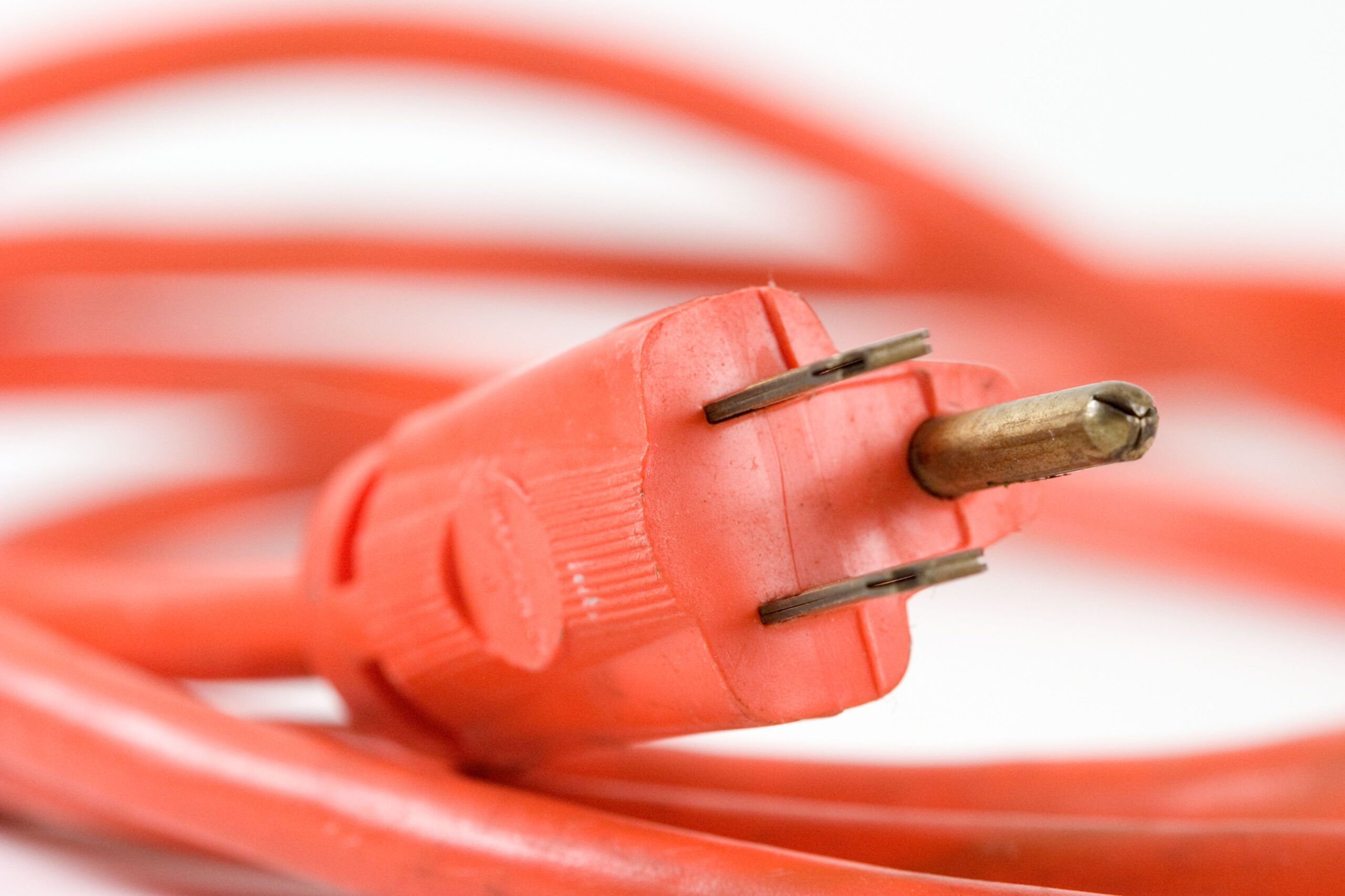

Articles
When Does An Electrical Cord Need A Third Prong
Modified: February 21, 2024
Learn when an electrical cord requires a third prong and how it enhances safety in this informative article.
(Many of the links in this article redirect to a specific reviewed product. Your purchase of these products through affiliate links helps to generate commission for Storables.com, at no extra cost. Learn more)
Introduction:
When it comes to electrical cords, most people are familiar with the two-pronged variety commonly found in homes and offices. However, there are instances where you may have come across a power cord with a third prong, and you may have wondered what it is for. This additional prong serves an important purpose in electrical safety and is known as the grounding prong. Understanding the role of the third prong can help ensure the safe use of electrical devices and prevent potential hazards.
In this article, we will delve into the concept of grounding and explore why an electrical cord may require a third prong. We will also discuss situations where a grounded cord is necessary, as well as the potential risks associated with not using one. Additionally, we will touch on alternative methods of achieving grounding in the absence of a third prong. By the end, you will have a clear understanding of when and why an electrical cord needs a third prong for proper functioning and safety.
Electricity, while incredibly useful, can also pose significant risks if not handled properly. Understanding the purpose of the grounding prong and when it is necessary can help protect against electric shocks, electrical fires, and other potential hazards. So, let’s get started by exploring the concept of grounding in more detail.
Key Takeaways:
- Grounding is crucial for electrical safety, providing a pathway for excess electricity to flow into the ground, preventing shocks and fires. Appliances like refrigerators, washing machines, and power tools require proper grounding to ensure safe operation.
- Not using a grounded cord can lead to electrical hazards, appliance malfunctions, and fire risks. It’s important to follow electrical code regulations, consult manufacturer instructions, and use grounded cords in appropriate situations to avoid these dangers.
Understanding Grounding:
Grounding is a critical aspect of electrical systems that ensures the safe and efficient distribution of electricity. At its core, grounding establishes a direct path for electrical currents to flow into the ground, thereby reducing the risk of electrical hazards. This is accomplished by connecting the electrical system to the Earth or a conductive body such as a metal rod driven into the ground.
When electrical devices are in use, it is common for them to develop an electrical charge. This charge must be discharged safely to prevent the buildup of excess electricity, which can lead to malfunctions or dangerous situations. Grounding provides a path for this excess electricity to escape, redirecting it away from the user or the device itself.
The grounding system consists of a network of conductive materials, typically copper or aluminum, that are connected to the metal components of electrical devices. These conductive materials are also connected to the grounding prong of a power cord to establish a direct link to the ground. This connection allows any excess electrical charge to be safely conducted away.
Additionally, grounding helps protect electrical equipment from power surges caused by lightning strikes, faulty wiring, or other external factors. When a power surge occurs, it can send a sudden surge of electricity through the electrical system. With an effective grounding system in place, excess electricity can be quickly diverted into the ground, preventing damage to the equipment and minimizing the risk of electrical fires.
Overall, grounding is crucial for maintaining electrical safety. By providing a designated path for excess electricity to flow directly into the ground, grounding helps protect individuals from electric shocks, prevents damage to electrical devices, and minimizes the risk of electrical fires. With a solid understanding of grounding, we can now explore the role of the third prong in electrical cords, commonly known as the grounding prong.
The Purpose of the Third Prong:
The third prong on an electrical cord, also known as the grounding prong, serves a vital purpose in electrical safety. It is designed to provide a dedicated path for excess electrical charge to flow directly into the ground, thereby ensuring the safety of both users and electrical devices.
When a device is plugged into an electrical outlet, the third prong establishes a connection between the metal components of the device and the grounding system of the building. This connection allows any excess electrical charge to be directed away from the device and into the ground, preventing the build-up of electricity and minimizing the risk of electrical shocks and fires.
Without the grounding prong, any electrical charge that accumulates in the device may find an alternative path to ground, potentially through a person or another conductive object. This can lead to electrical shocks and pose a significant safety hazard. The presence of the grounding prong ensures that all excess electrical charge is safely dissipated through the grounding system, minimizing the risk of electric shocks for users.
In addition to protecting individuals, the grounding prong helps safeguard the electrical device itself. By redirecting excess electricity into the ground, it prevents electrical components from becoming overloaded and damaged. Overloading can result in overheating, component failure, and even electrical fires. The grounding prong acts as a safety valve, diverting excess electrical charge away from the device to prevent such hazards.
It is important to note that the purpose of the grounding prong extends beyond the safety of individuals using the device. The grounding system provided by the third prong also helps protect the electrical system of the building. It provides a path for excess electricity, such as power surges, to safely discharge into the ground, preventing damage to the infrastructure and reducing the risk of electrical fires.
Overall, the third prong on an electrical cord plays a crucial role in electrical safety. It establishes a dedicated pathway for excess electrical charge to flow directly into the ground, protecting users from electric shocks, preventing damage to electrical devices, and safeguarding the electrical infrastructure of the building. Understanding the purpose of the grounding prong is essential for ensuring the safe use of electrical equipment that requires grounding.
Appliances Requiring Grounding:
Not all electrical devices require grounding; however, there are specific appliances that must be grounded to ensure safety and proper functioning. These appliances typically have metal enclosures or components that can conduct electricity and pose a greater risk of electrical shock or fire if not properly grounded.
Here are some common examples of appliances that require grounding:
- Refrigerators and freezers: These appliances often have metal components, such as the casing or internal parts, that can become energized. Proper grounding is essential to prevent electrical shocks and protect against potential malfunctions.
- Washing machines and dryers: These appliances have metal enclosures and electrical components that can generate and carry electrical currents. Grounding is necessary to prevent shocks, especially when handling wet laundry.
- Electric stoves and ovens: Due to their high power requirements, electric stoves and ovens must be properly grounded to ensure safe operation. The metal chassis and electrical elements inside these appliances pose significant risks if not grounded.
- Power tools: Tools such as drills, saws, and sanders often have metal bodies or components that can conduct electricity. Grounding is imperative to prevent electrical shocks while using power tools.
- Computers and other electronics: While not all computers or electronics require grounding, certain devices, especially those with metal cases, should be grounded to prevent electrical static discharge, reduce the risk of component failure, and protect against power surges.
- Audio and video equipment: Many audio and video devices, including amplifiers, speakers, and televisions, benefit from grounding to minimize electrical interference, improve audio/video quality, and protect against power surges.
These are just a few examples of appliances that typically require grounding. It is essential to consult the manufacturer’s instructions or specifications for each specific appliance to determine if grounding is necessary. The manufacturer’s guidelines will provide the necessary information on grounding requirements to ensure safe and proper operation of the appliance.
By recognizing which appliances require grounding, you can ensure that they are plugged into outlets with proper grounding capabilities. It is important never to remove the grounding prong from a power cord or use adaptors that eliminate the third prong, as doing so can compromise the safety of both the appliance and the user.
Now that we understand which appliances require grounding, let’s explore the situations where a third prong is necessary for safe and effective use.
Always use a three-prong electrical cord for appliances that require grounding, such as computers and refrigerators. This helps prevent electrical shocks and fires.
When Is a Third Prong Necessary?
A third prong, or grounding prong, is necessary in certain situations to ensure the safe and effective use of electrical devices. Here are some scenarios where a third prong is required:
- Electrical code regulations: Many building codes and electrical safety standards mandate the use of grounded outlets in specific areas, such as kitchens, bathrooms, and outdoor spaces. This means that any electrical device used in these areas must be plugged into a grounded outlet to comply with safety regulations.
- Appliances requiring grounding: As mentioned earlier, certain appliances, such as refrigerators, washing machines, and power tools, require grounding due to their metal enclosures or high power requirements. The manufacturer’s instructions will specify if the appliance needs to be grounded, and it should be plugged into a grounded outlet accordingly.
- Equipment susceptible to static electricity: Devices that are sensitive to static electricity, such as computers, electronics, and audio/video equipment, benefit from grounding to prevent damage from electrical discharge. Grounding provides a safe path for static electricity to dissipate, ensuring the longevity and proper functioning of these devices.
- Electrical systems with grounding capabilities: If an electrical system, such as a building’s wiring, has a grounding system in place, it is crucial to utilize the third prong to take advantage of this safety measure. By connecting devices to a grounded outlet, you ensure that any excess electrical charge is properly directed to the grounding system, minimizing the risk of electric shocks and electrical fires.
It is important to note that not all electrical devices require grounding. Devices that operate on low voltage, such as lamps and some small appliances, may not need grounding. However, it is always advisable to check the manufacturer’s instructions or labels on the device itself to determine if grounding is necessary for safe operation.
When using devices that require grounding, it is essential to have grounded outlets available. These outlets have three slots, including the third prong hole, which is connected to the building’s grounding system. If you don’t have grounded outlets in your home or workspace, it is recommended to consult a licensed electrician to ensure the installation of proper grounding measures.
By understanding when a third prong is necessary and following the appropriate guidelines, you can ensure the safe and effective use of electrical devices that require grounding. Proper grounding minimizes the risk of electrical hazards and provides peace of mind for users.
Speaking of electrical hazards, let’s explore the potential risks of not using a grounded cord in the next section.
Potential Hazards of Not Using a Grounded Cord:
Not using a grounded cord for appliances or electrical devices that require grounding can pose various hazards and risks. Without the presence of a third prong to establish a direct path for excess electrical charge, the following dangers may arise:
- Electrical shocks: One of the primary risks of not using a grounded cord is the increased likelihood of electrical shocks. If a device or appliance becomes energized due to a fault or malfunction, without grounding, the excess electrical charge has nowhere to go. As a result, anyone coming into contact with the device may experience an electric shock, which can range from mild discomfort to severe injury or even fatality.
- Appliance malfunctions: Appliances that require grounding are designed with the assumption that a proper grounding connection will be established. Without grounding, electrical components within these appliances may become overloaded or experience voltage irregularities, leading to decreased performance, frequent malfunctions, or even complete failure.
- Fire hazards: In the absence of proper grounding, excess electrical charge can build up in the electrical device or appliance, increasing the risk of electrical fires. Overloading of circuits, overheating of components, and potential arcing or sparking can all contribute to the ignition of a fire. Grounding provides a safe pathway for the discharge of excess electricity, minimizing the risk of fires caused by electrical faults.
- Equipment damage: Without grounding, electrical devices and appliances can be susceptible to damage caused by power surges or electrical interference. Power surges, whether from lightning strikes or electrical fluctuations in the power grid, can cause irreparable damage to sensitive electronic components. Proper grounding helps divert excess electricity safely into the ground, protecting devices from these damaging surges.
- Non-compliance with safety regulations: Building codes and electrical safety standards often require the use of grounded cords for specific devices and in certain areas of a property. Failing to follow these guidelines not only puts individuals at risk, but it also leaves property owners liable for any accidents or damages resulting from non-compliance.
It is crucial to understand that relying on alternative methods, such as using a cheater plug or removing the grounding prong, is not a safe solution to circumvent the need for grounding. These methods not only compromise safety but also can result in the loss of warranty coverage for devices and appliances.
To ensure the utmost safety when using electrical devices, always follow the manufacturer’s instructions and guidelines regarding grounding requirements. If you are unsure about the grounding needs of an appliance, consult a licensed electrician who can assess the situation and provide appropriate guidance.
Now that we have explored the potential hazards of not using a grounded cord, let’s discuss alternative methods of achieving grounding.
Alternatives to a Grounded Cord:
In situations where a grounded cord is not available or feasible, there are alternative methods to achieve grounding or mitigate the associated risks. While these methods may not provide the same level of protection as a proper grounded cord, they can offer some degree of safety and help minimize potential hazards. Here are a few alternatives to consider:
- Isolation transformers: Isolation transformers are devices that can help protect sensitive electronic equipment from electrical shocks and voltage irregularities. They work by creating a completely isolated circuit between the primary and secondary windings of the transformer, effectively isolating the connected device from any potential ground faults or disturbances in the electrical system.
- GFCI protection: Ground Fault Circuit Interrupters (GFCIs) are electrical devices designed to detect imbalances in electrical currents. They can be installed in electrical outlets or incorporated into power cords. GFCIs monitor the flow of electricity and quickly interrupt the circuit if they detect even a slight imbalance, thus minimizing the risk of electric shocks. While GFCIs do not technically provide grounding, they offer an additional layer of protection in certain situations.
- Surge protectors: Surge protectors are devices that can help safeguard electrical devices from power surges caused by lightning strikes, faulty wiring, or other external factors. While they do not provide grounding, surge protectors have built-in components that absorb and redirect excess electrical energy, preventing it from reaching connected devices and potentially damaging them. It is important to note that surge protectors should be used in conjunction with properly grounded outlets for maximum effectiveness.
- Grounding rods: In some cases, it may be possible to install a grounding rod or grounding plate near the electrical equipment. The grounding rod is typically a metal rod driven into the ground, which provides a direct path for excess electrical charge to be safely discharged into the earth. This method can be used as a temporary solution or in situations where installing grounded outlets is not an immediate possibility.
While these alternatives can offer some protection, it is important to understand that they may not provide the same level of safety as a properly grounded cord. It is always recommended to consult a licensed electrician to assess the specific requirements of your electrical setup and determine the most appropriate solution for achieving grounding.
Remember, it is essential to prioritize safety when using electrical devices. Whenever feasible, use a properly grounded cord or ensure that the electrical outlets you are using have proper grounding capabilities. These measures significantly reduce the risks associated with electrical shocks, appliance malfunctions, and fires.
Now that we have explored alternatives to a grounded cord, let’s summarize the key points discussed in this article.
Conclusion:
Understanding the importance of grounding and when an electrical cord requires a third prong is crucial for electrical safety. The third prong, also known as the grounding prong, serves the purpose of providing a dedicated path for excess electrical charge to flow directly into the ground, ensuring the safety of users and electrical devices.
We have explored the concept of grounding, its role in establishing a safe electrical system, and why certain appliances require grounding. Appliances like refrigerators, washing machines, power tools, and electronics benefit from grounding to prevent electrical shocks, malfunctions, and potential fires.
By not using a grounded cord, various hazards may arise, including electrical shocks, appliance malfunctions, fire hazards, and equipment damage. It is important to comply with electrical code regulations, consult manufacturer instructions, and use grounded cords in the appropriate situations to avoid these risks.
If a grounded cord is not available, alternatives such as isolation transformers, GFCI protection, surge protectors, or grounding rods can provide some level of safety. However, they may not offer the same level of protection as a properly grounded cord, and it is recommended to consult a licensed electrician for guidance in these cases.
Remember, electrical safety should always be a top priority. Whether it’s understanding grounding, using devices that require grounding correctly, or exploring alternative methods, ensuring the safe and proper use of electrical devices is essential for preventing accidents, injuries, and property damage.
By staying informed and following the necessary guidelines, we can create a safer environment and enjoy the benefits of electricity without compromising on safety.
Frequently Asked Questions about When Does An Electrical Cord Need A Third Prong
Was this page helpful?
At Storables.com, we guarantee accurate and reliable information. Our content, validated by Expert Board Contributors, is crafted following stringent Editorial Policies. We're committed to providing you with well-researched, expert-backed insights for all your informational needs.
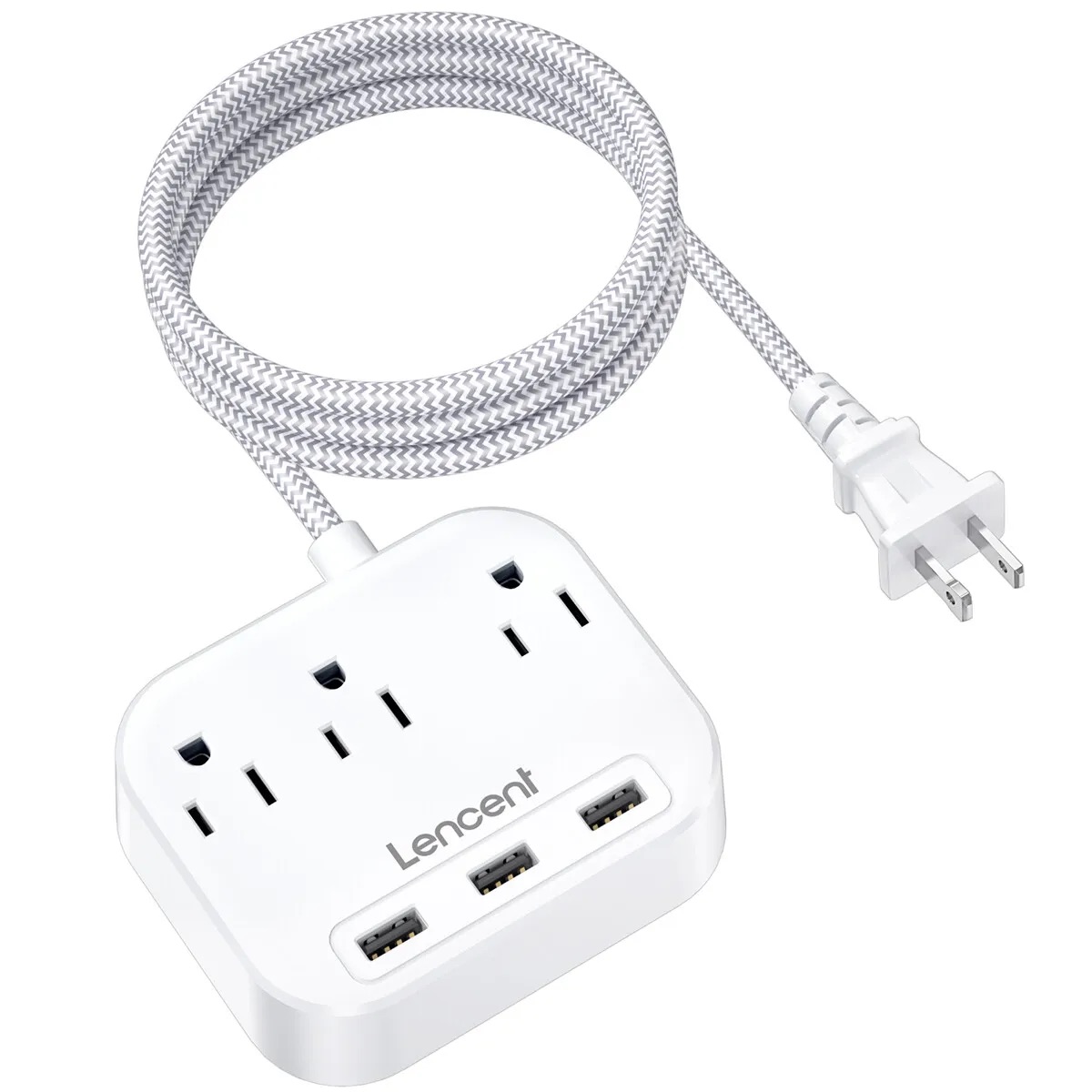
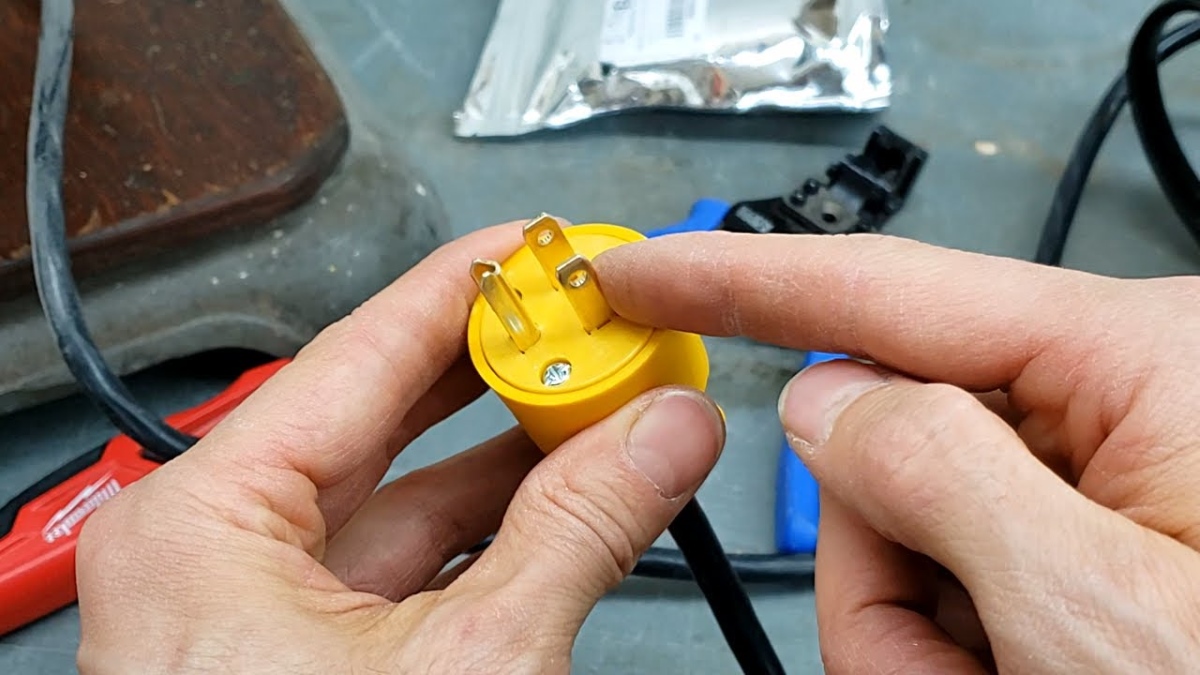
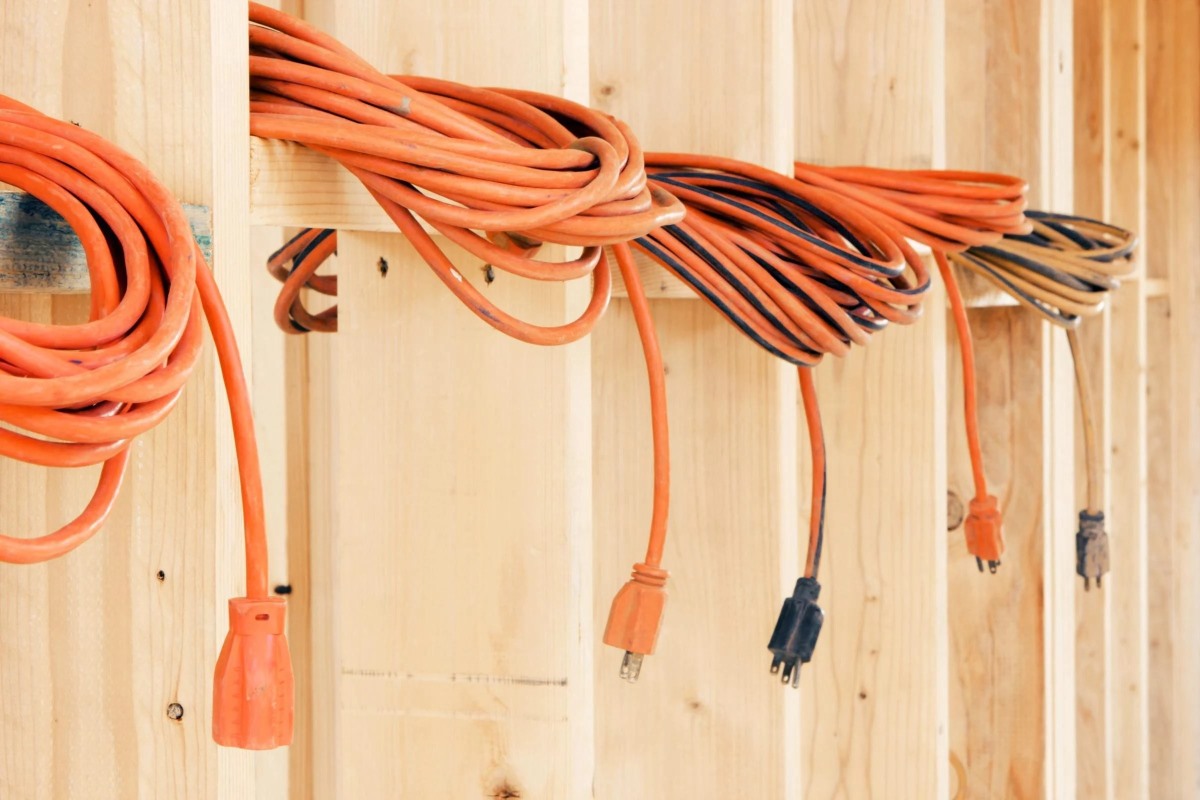
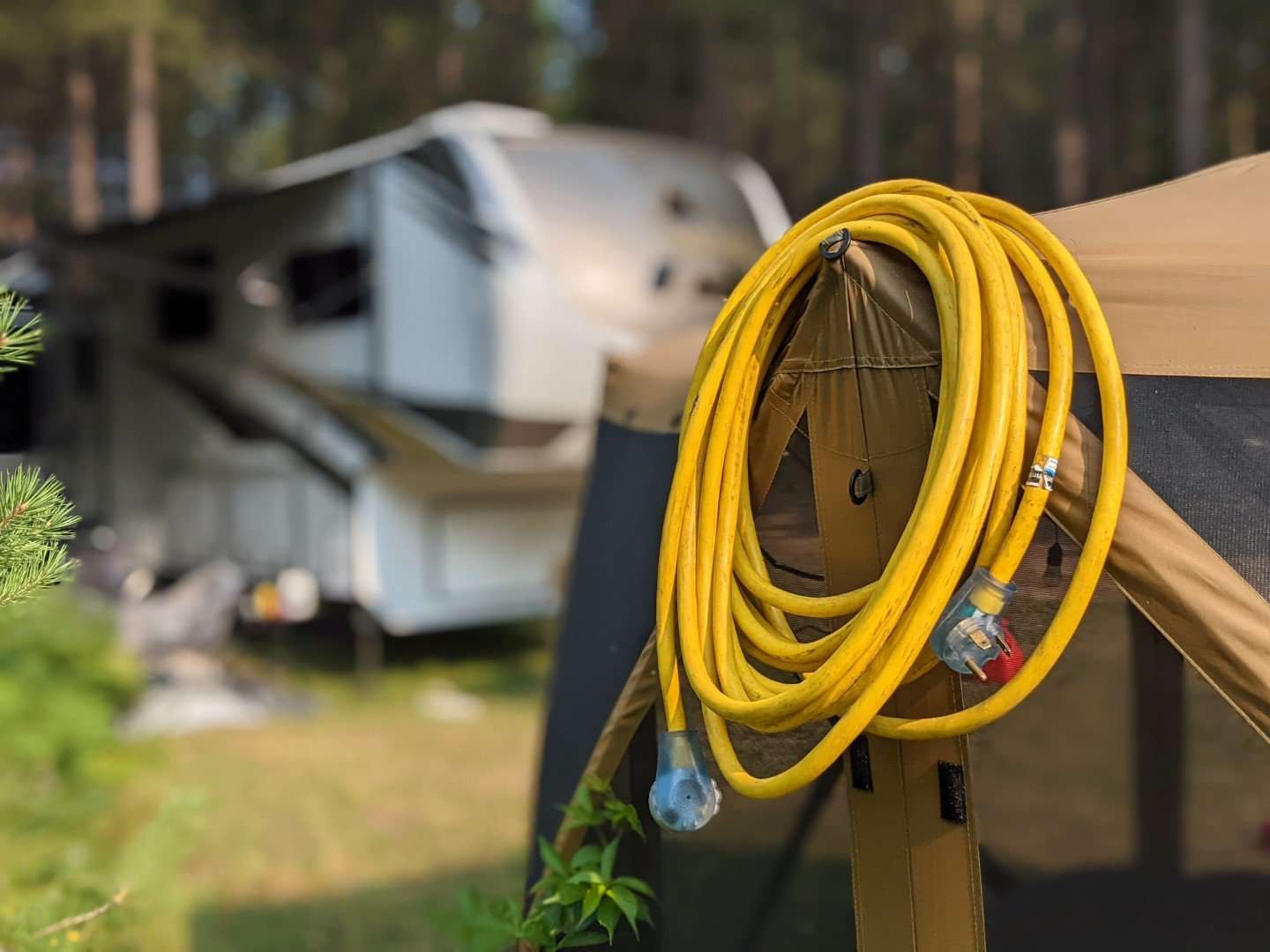
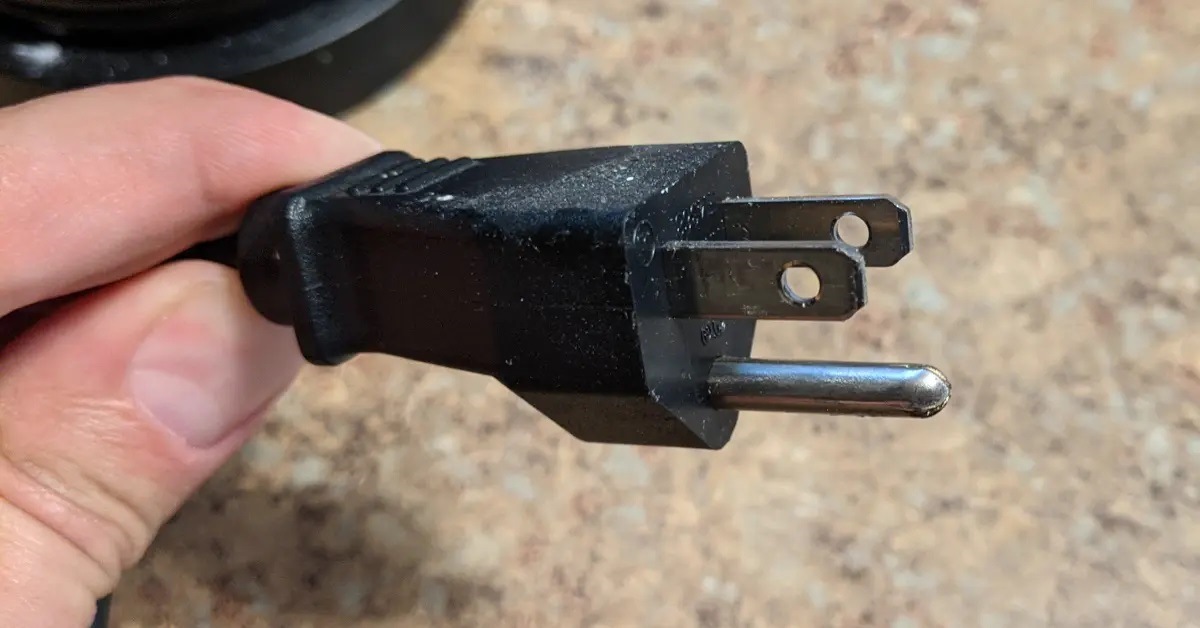
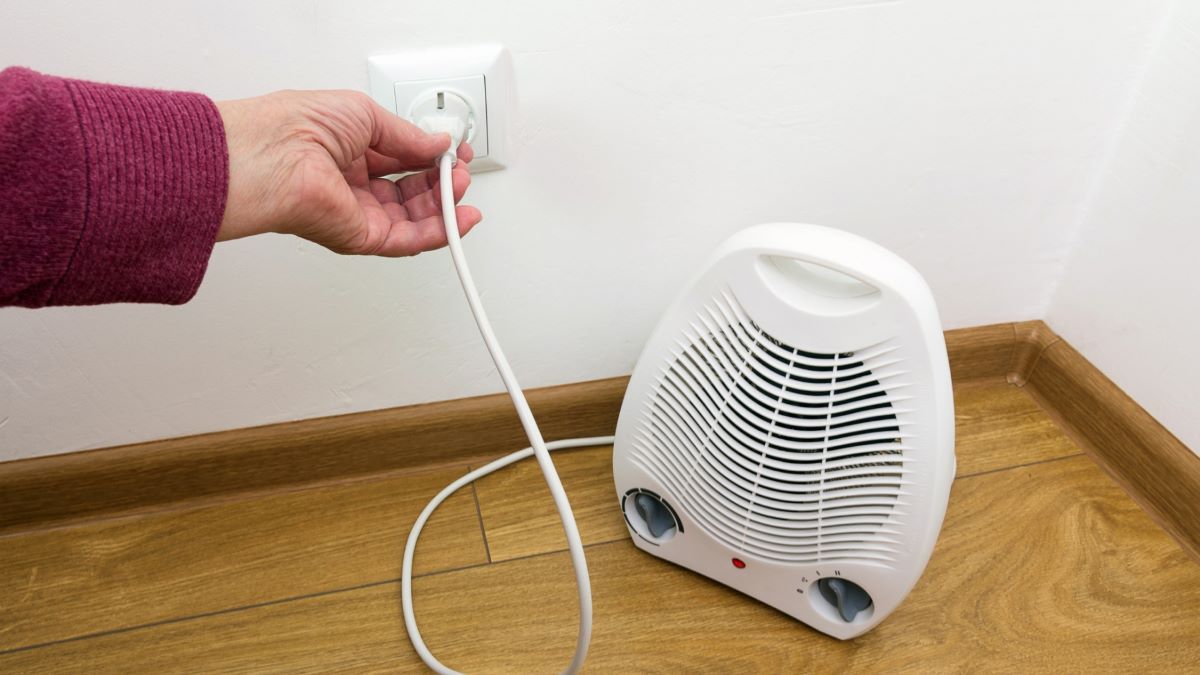
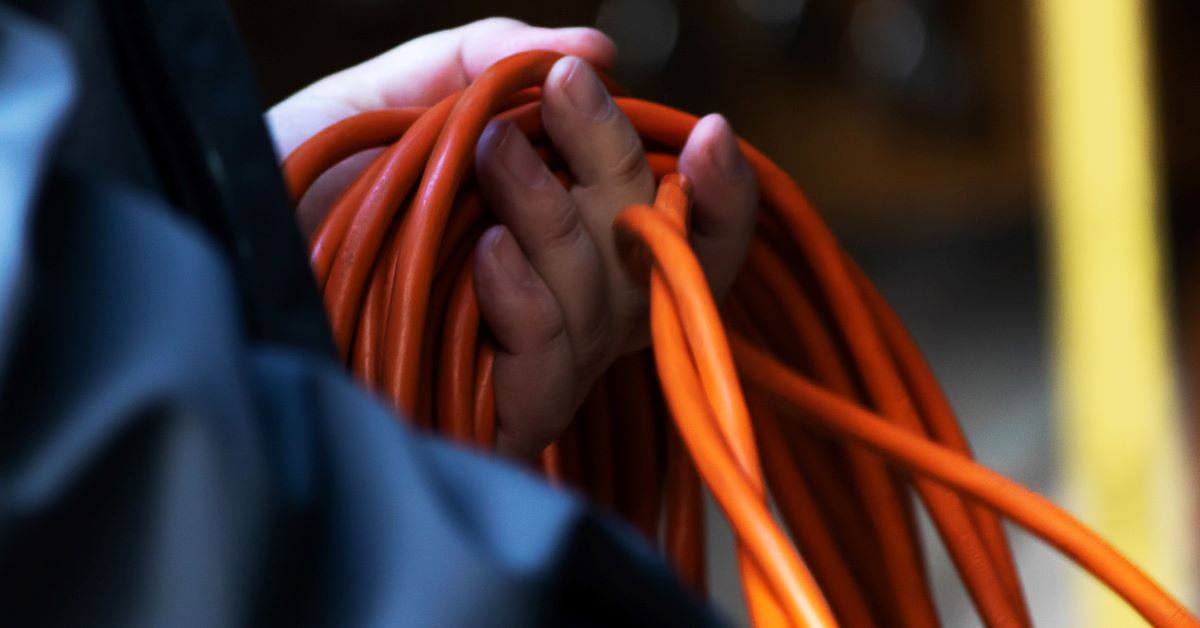
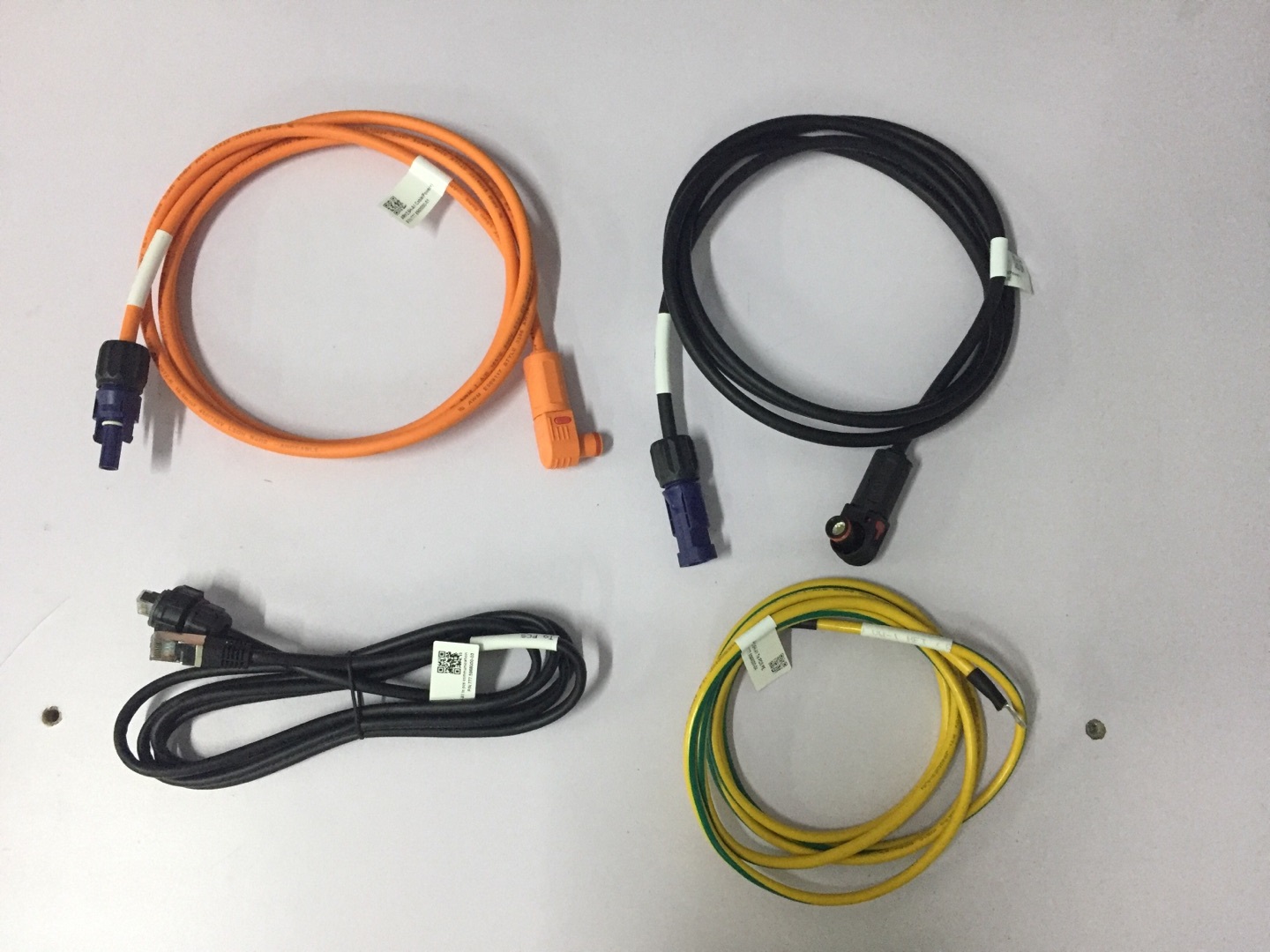
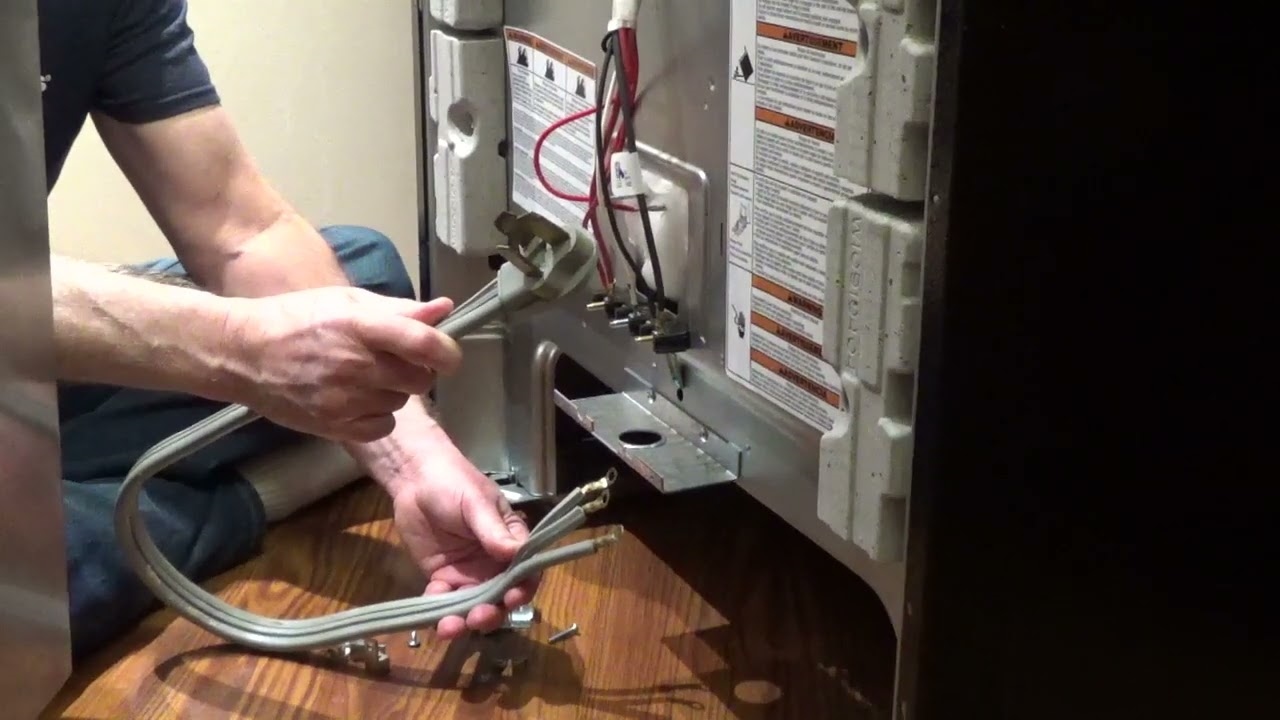

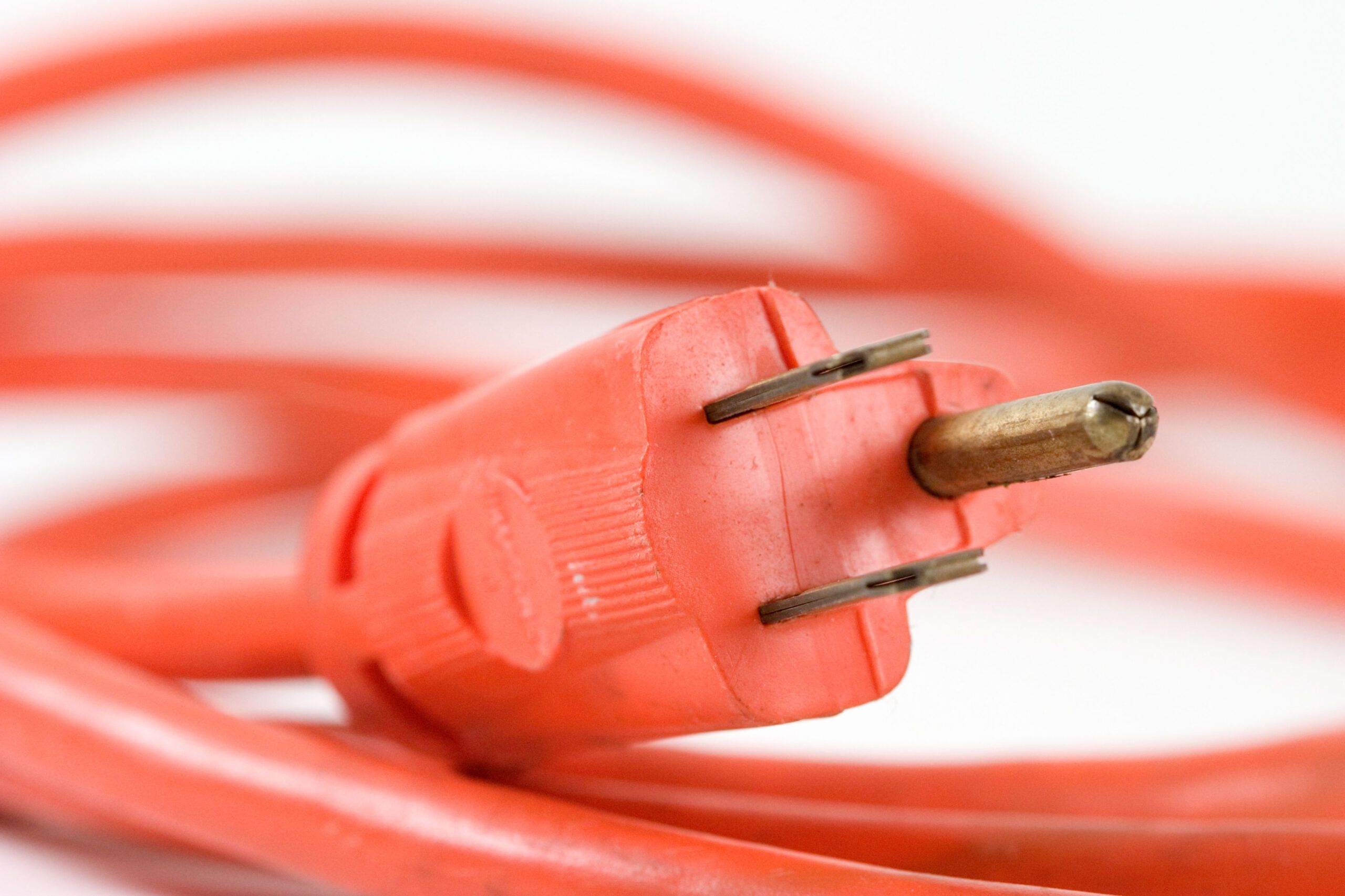
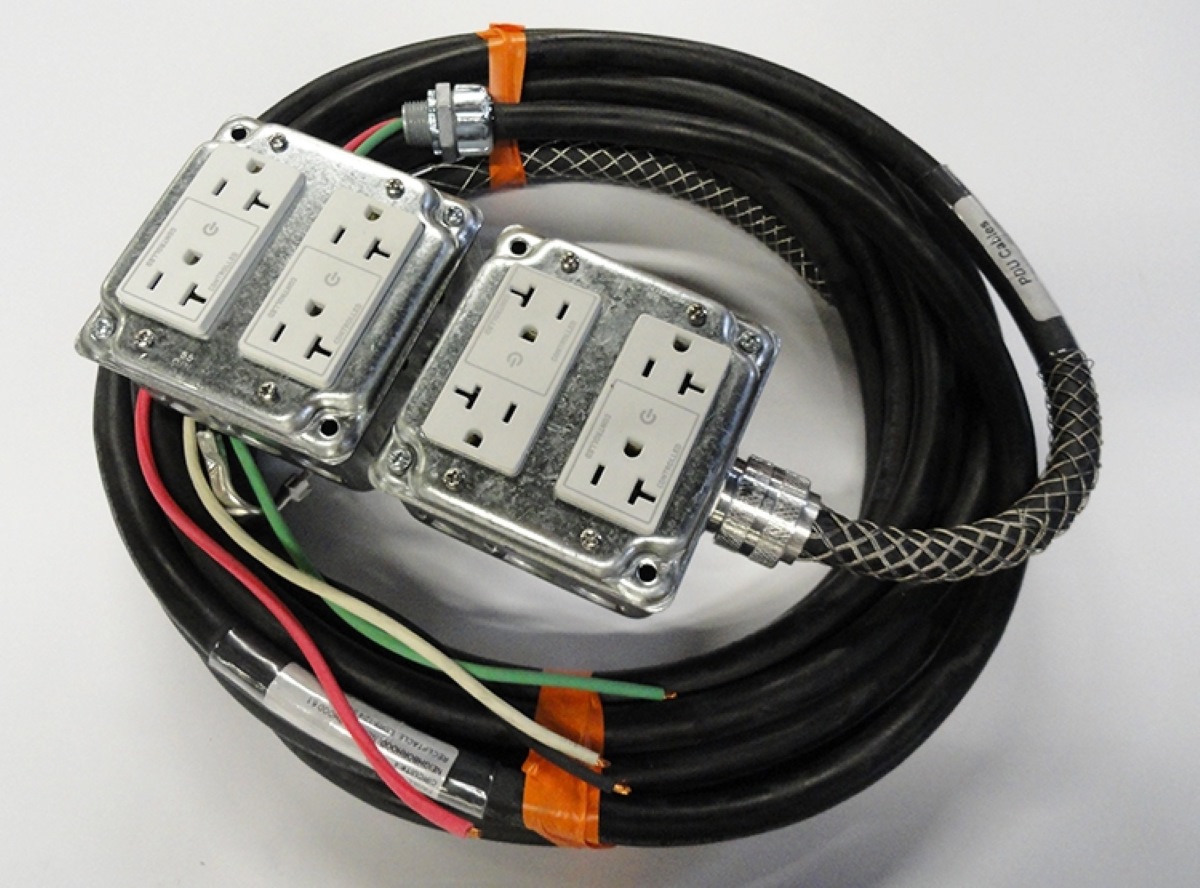

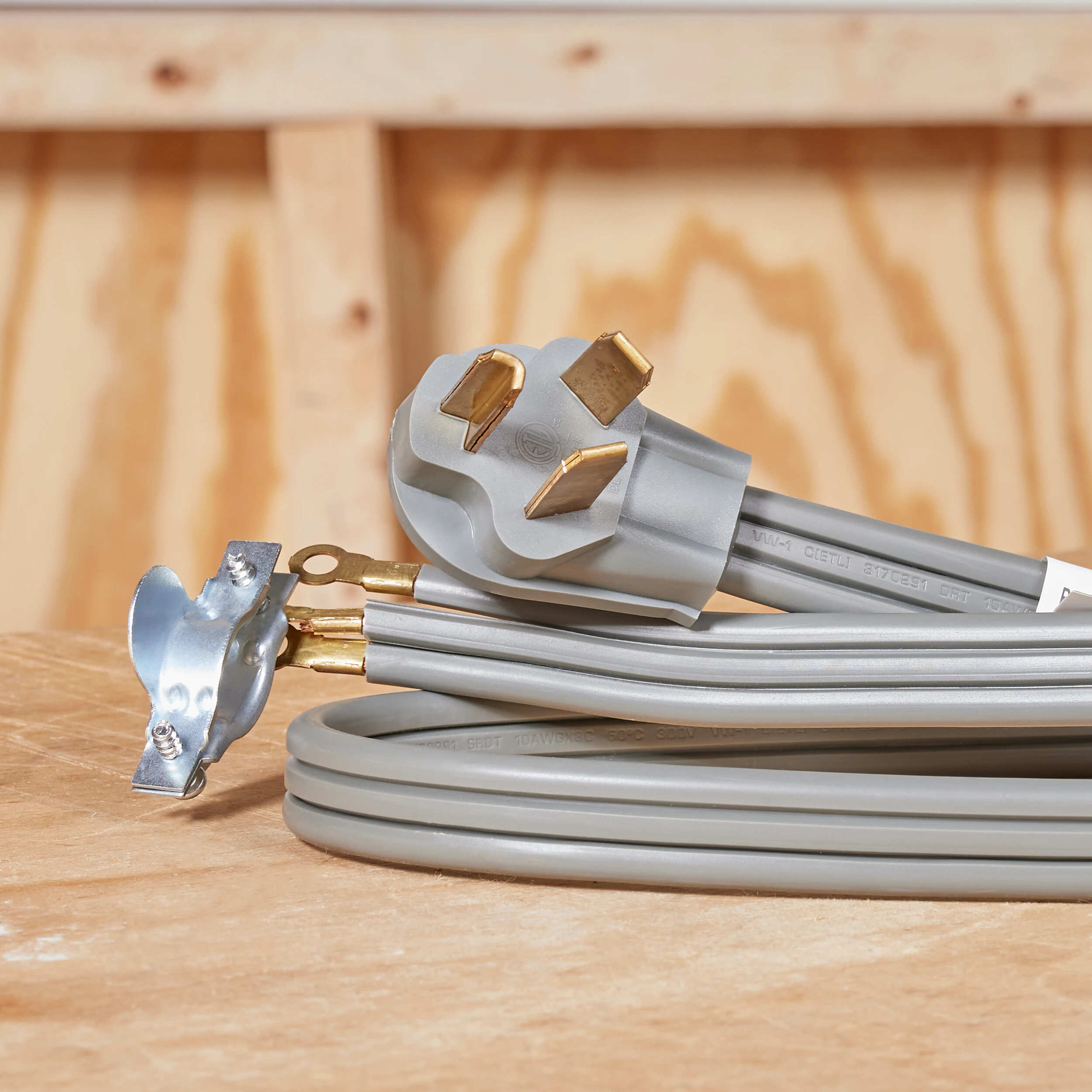

0 thoughts on “When Does An Electrical Cord Need A Third Prong”